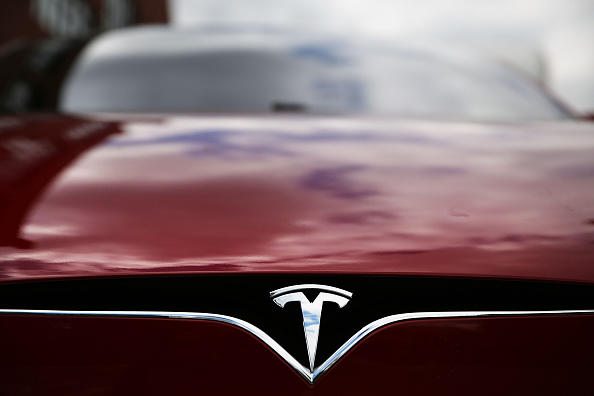Self-driving cars are slowly becoming more of a reality, but there’s still a lot that needs to be worked out.
In March 2018, Apple engineer Wei Huang died in a crash after his Tesla Model X hit a median on Highway 101 in Mountain View, California. At the time, Huang’s Tesla was in Autopilot, a driver assistance feature that Tesla made standard in all its models. The feature is supposed to make drivers safer by doing things like matching a car’s speed to existing traffic and automatically changing lanes.
Now, Huang’s family has filed a lawsuit against both Tesla and the state of California, as reported by ABC 7 News. The lawsuit itself claims, “…the Tesla Model X was defective in its design, in that the passenger protection systems of the vehicle would not, could not, and did not perform in a manner as safely as an ordinary consumer would expect.”
Sevonne Huang — Wei Huang’s wife — told ABC 7 News that her husband had mentioned the car veered towards the same barrier on Autopilot multiples times before. He reportedly took the car to a dealer, but they weren’t able to address the issue.
BREAKING NEWS: Tesla hit with lawsuit by family of Walter Huang, Apple Engineer who died last year when autopilot in Model X steered him into a traffic barrier Southbound 101 in Mountain View. #ABC7now pic.twitter.com/1cEql1vllc
— Dan Noyes (@dannoyes) May 1, 2019
A week after the crash, Tesla’s CEO, Elon Musk, published a blog post touting the safety of Autopilot and stressed that the company would be working to find out more information about the crash.
“The safety of our customers is our top priority, which is why we are working closely with investigators to understand what happened, and what we can do to prevent this from happening in the future,” Musk said.
The computer logs recovered from the vehicle provided more information about the crash as well.
“The driver had received several visual and one audible hands-on warning earlier in the drive and the driver’s hands were not detected on the wheel for six seconds prior to the collision,” the Musk said.
Since the crash, Tesla has updated its software to remind drivers to touch the wheel more often and remain attentive, even while Autopilot is engaged.

